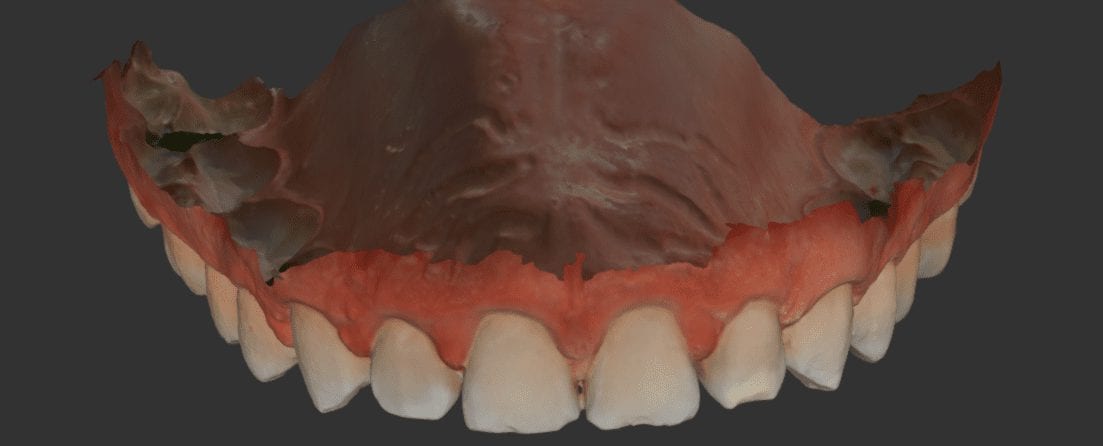
There are many clinical advantages to taking digital impressions over traditional ones. Some of these concepts you may not appreciate until you are a user.
We break these down into the following categories:
- digital impressions / models can be edited
- digital impressions can be captured independent of time comstraints
- Sequencing of image acquisition is irrelevant
- Occlusion and contacts require minimal effort and give predictable results
EDITING IMPRESSIONS AND MODELS
INDEPENDENT OF TIME
SEQUENCING FREEDOM
PREDICATABLE CONTACTS AND OCCLUSION
For single unit restorations, all you need to really capture, besides the margins, are the contacts of the adjacent teeth and the occlusal surface of the opposing teeth that will make contact with the restoration.
With traditional impressions, to get predictable results, you should capture both arches completely so when the lab pours up the models, they can properly tripod the casts for accurate relationships between upper and lower arches. With digital impressions, you can just capture the immediate teeth adjacent to your prep and the opposing and get a very predictable result. Now, the more data you capture with the digital impressions, the more it will help with designing the restorations. For example, you can better align the cusp tips in relation to the arch form.
In this video, you can see how there are some “holes” in the model, but they play no role in the final result and its is unnecessary to capture them. You certainly can if you wish, but the point is that capturing the bite is so much easier for single units with digital than it is for traditional impressions
[videopress OZuTKEUo permalink=”false” hd=”true” loop=”true” autoplay=”true”]
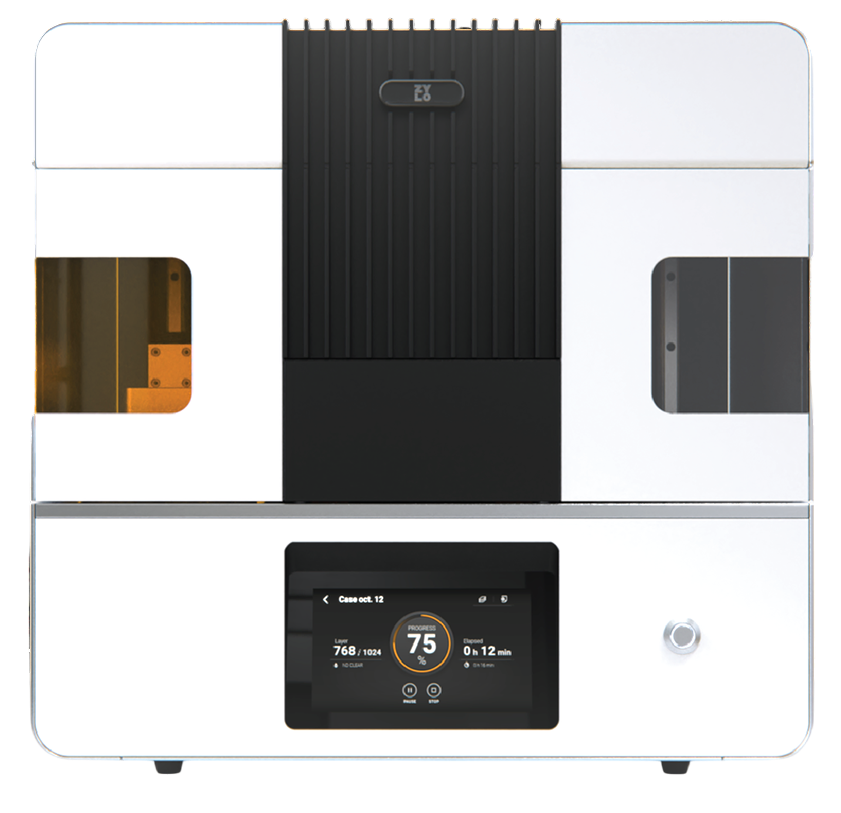
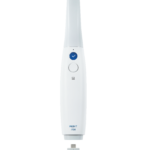


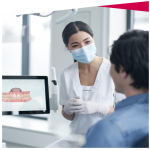

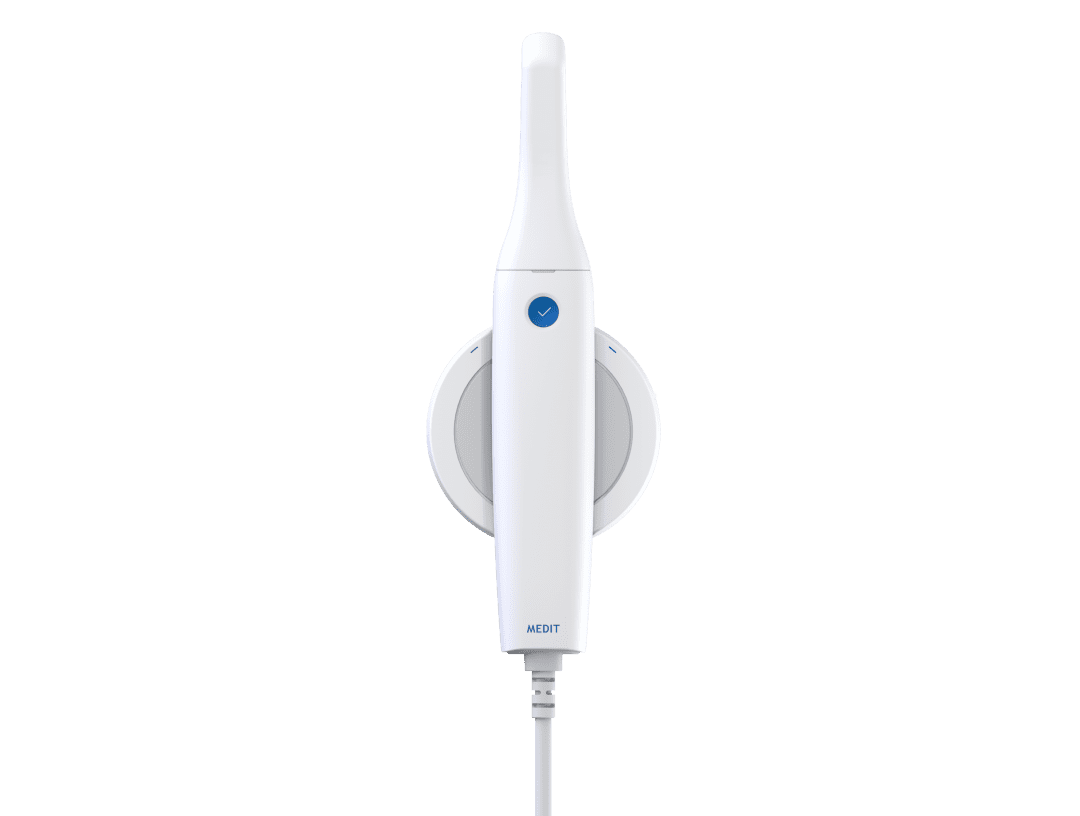

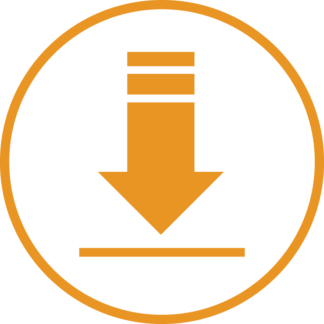
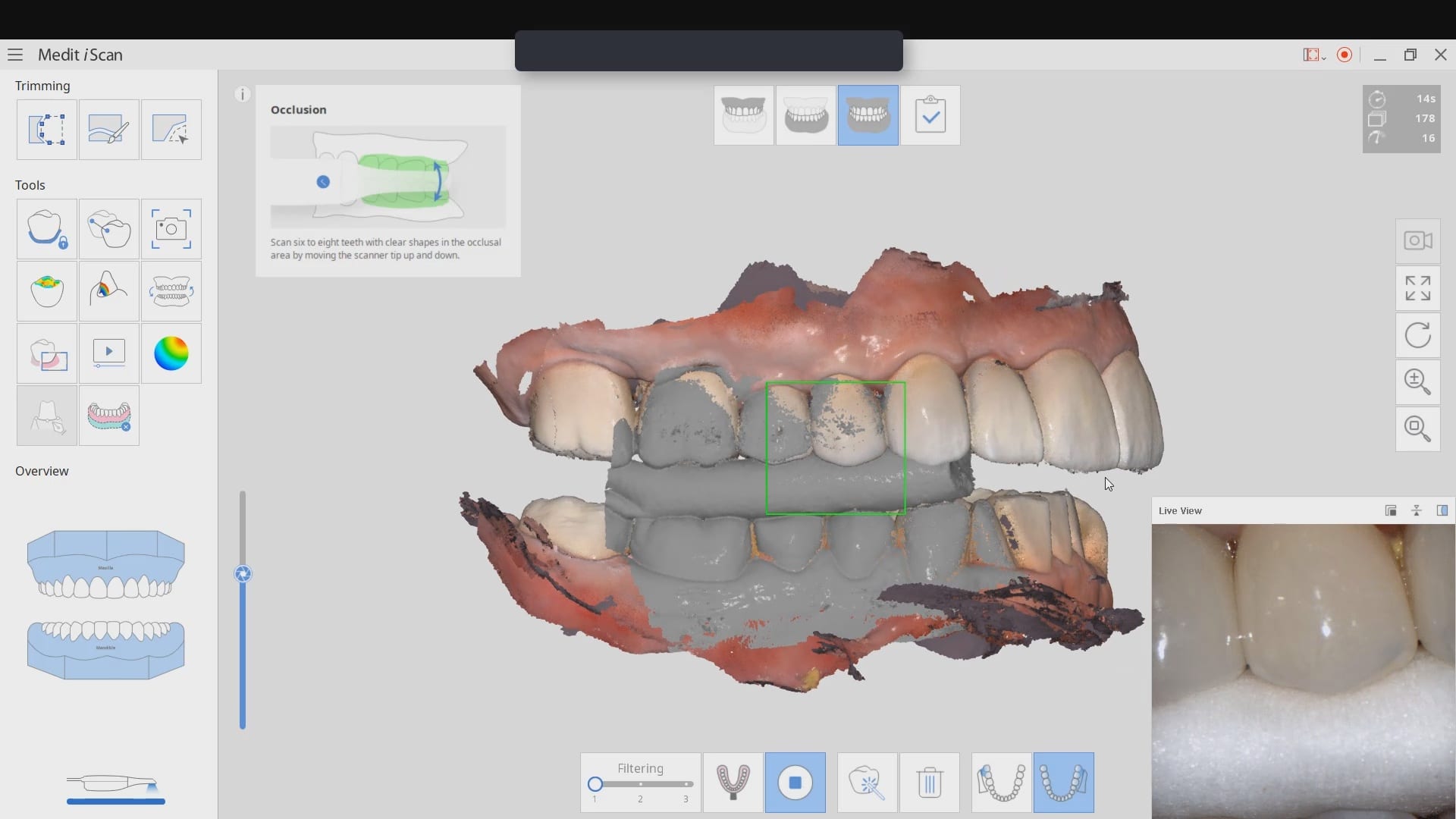
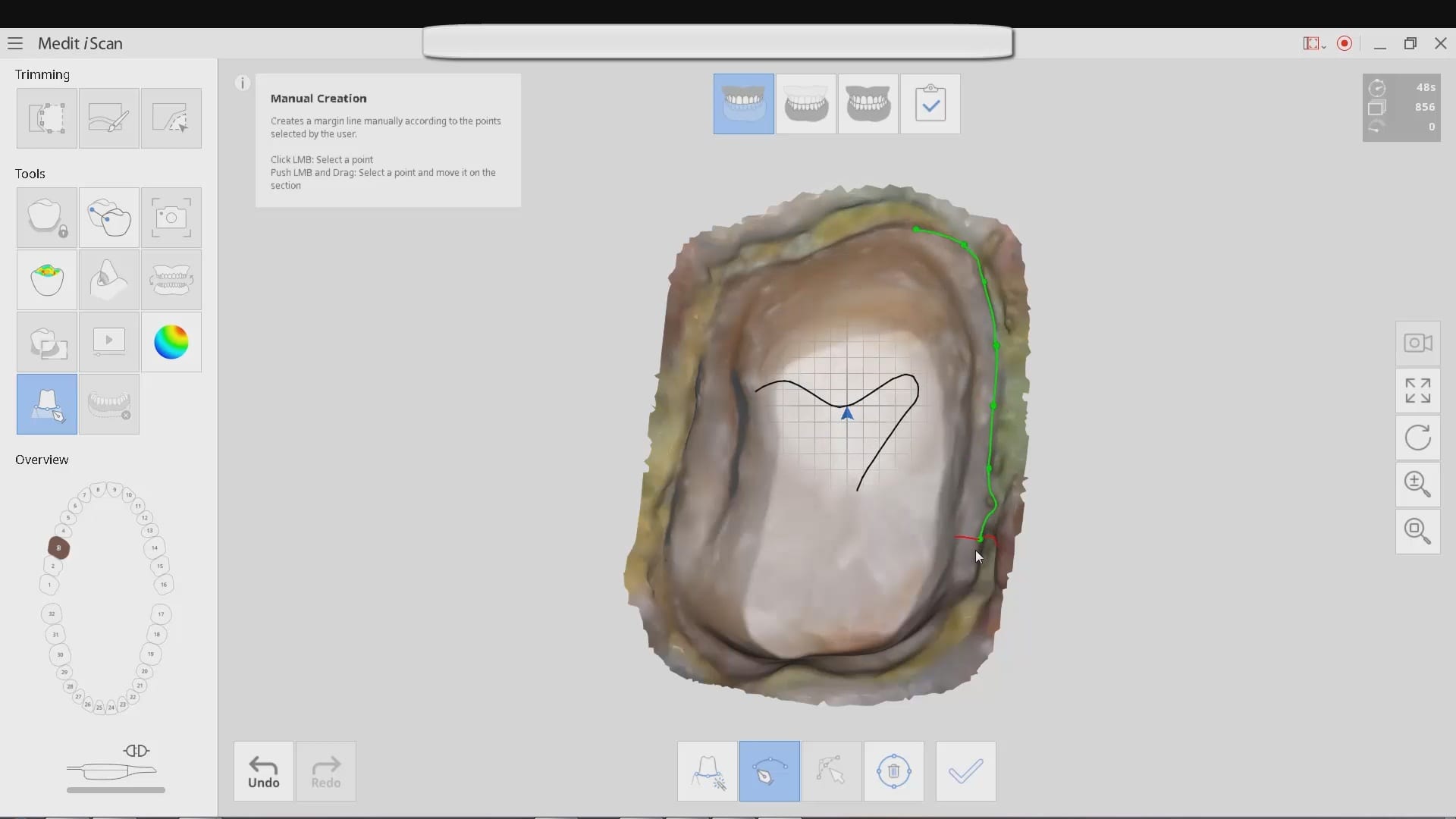
You must log in to post a comment.